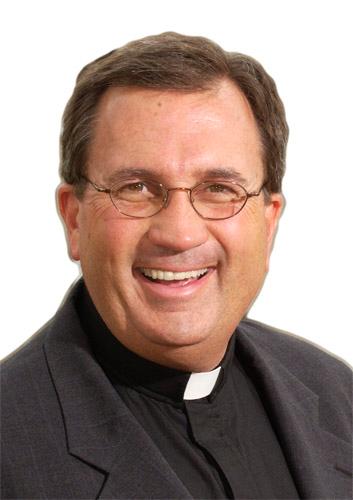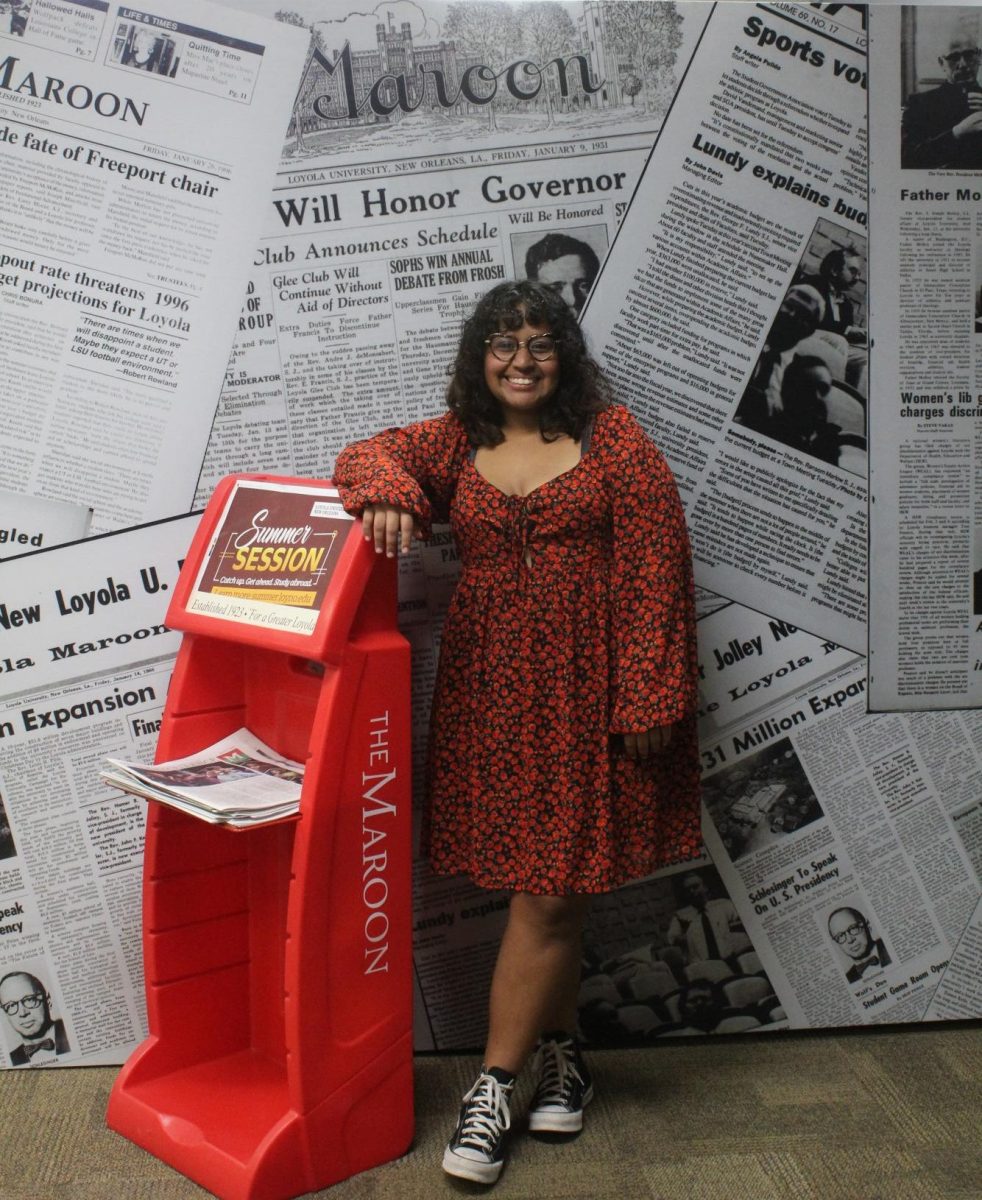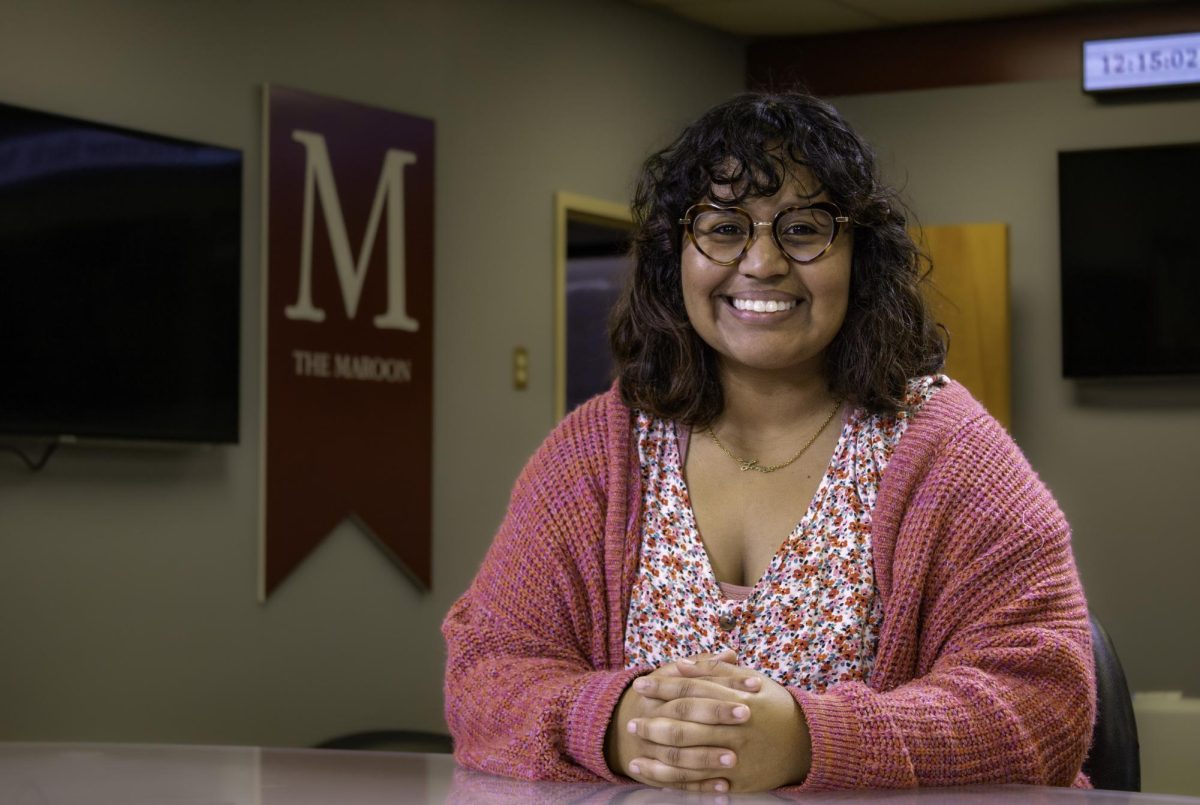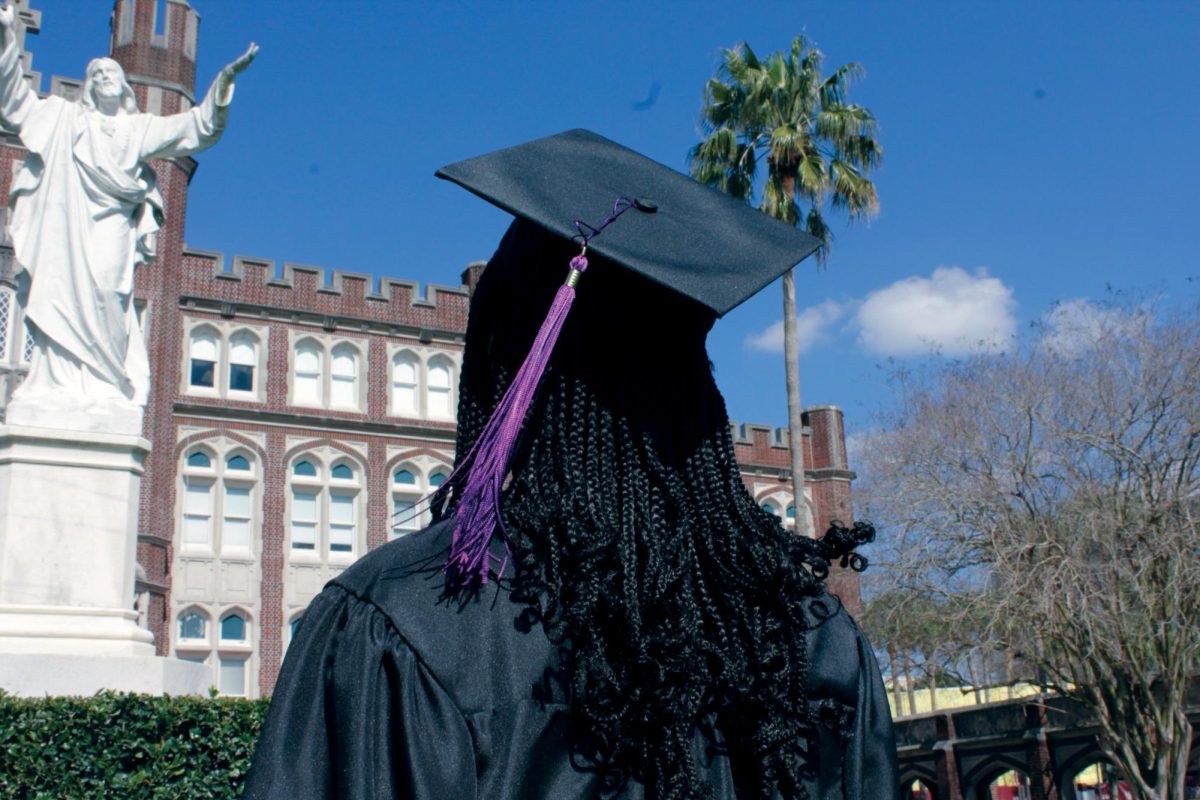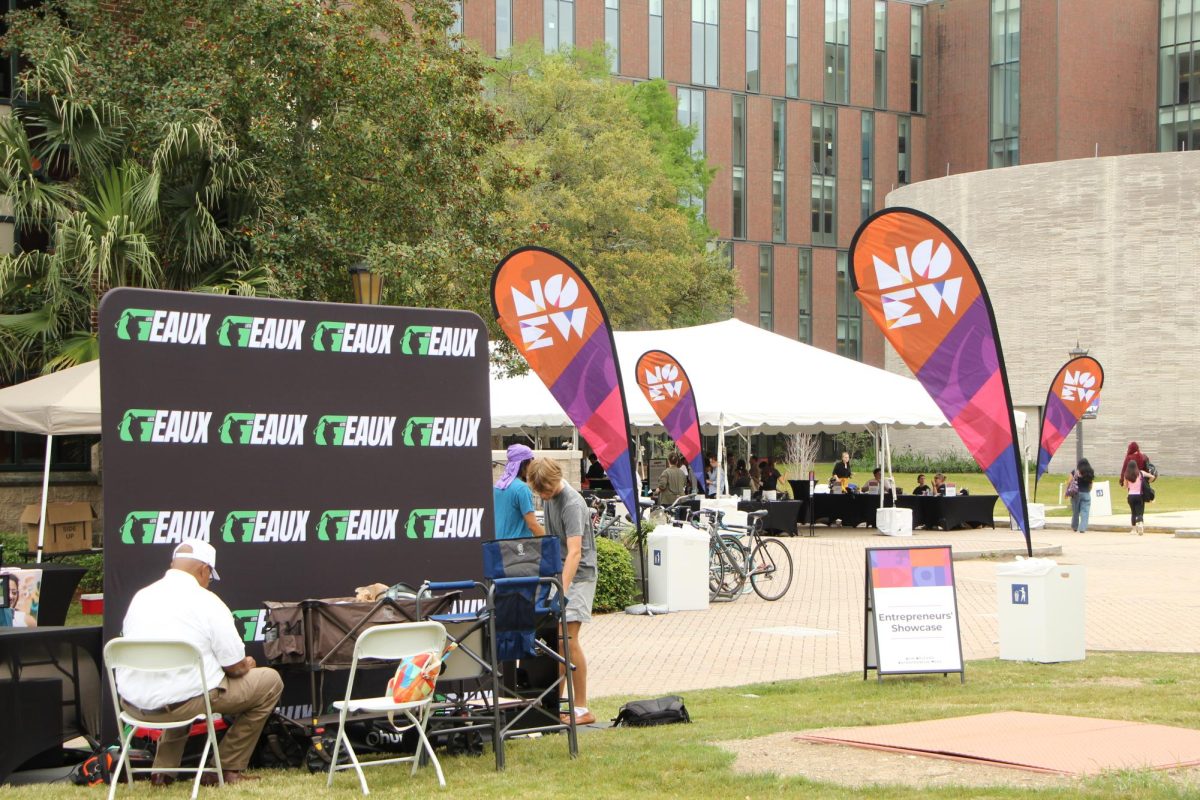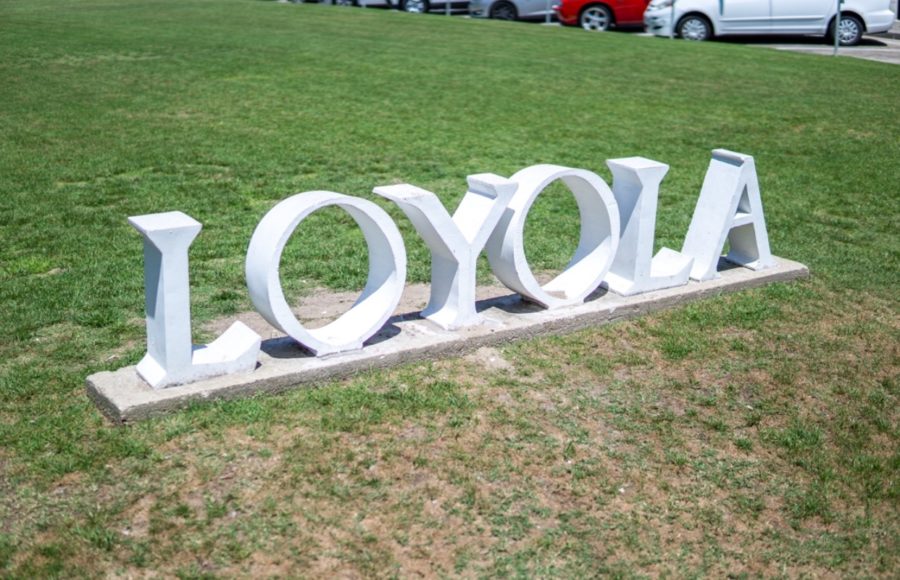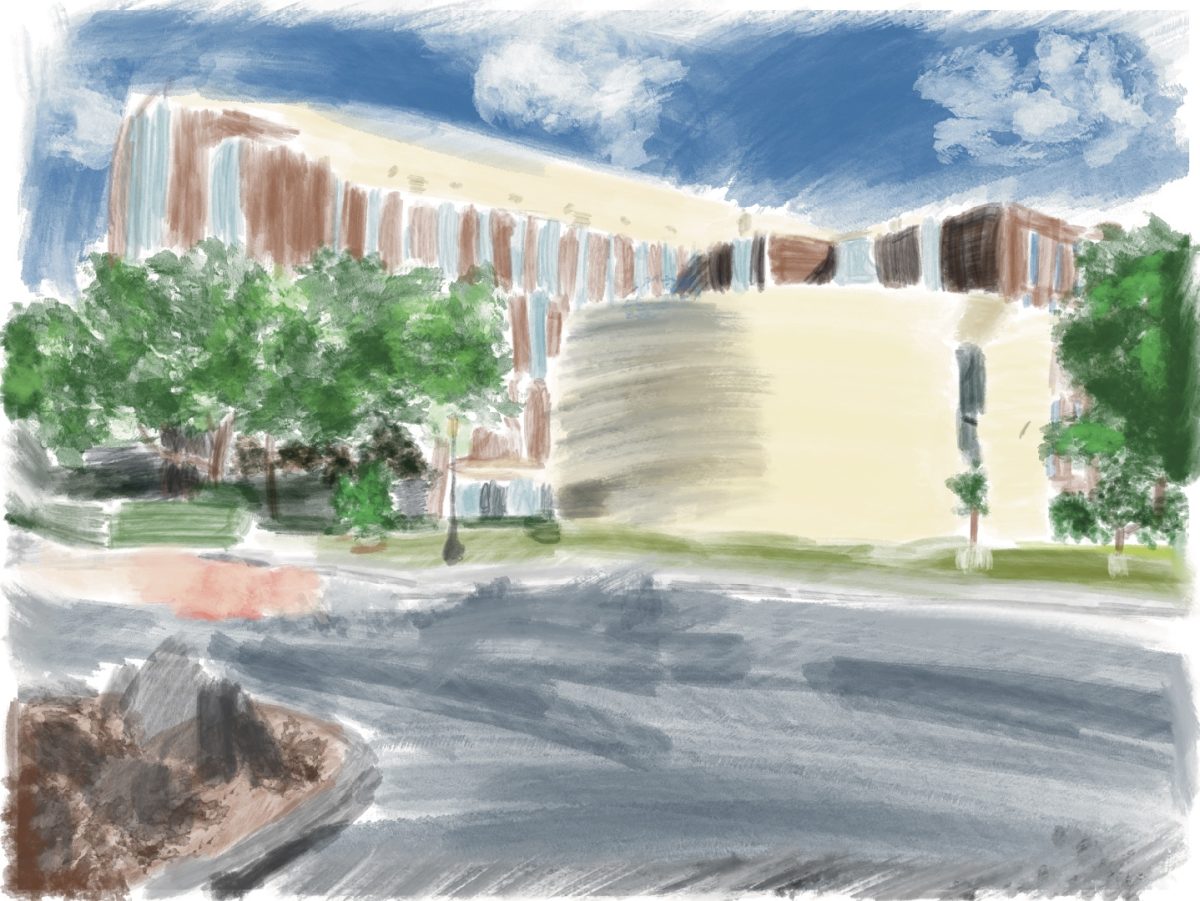In April, Loyola will begin a yearlong celebration of the centennial of the university. It will be a year in which we will remember and celebrate the people, events and the achievements of our first 100 years as a university.
Bernard A. Cook, the Provost Distinguished Professor of History, has written an excellent history of the university in his book “Founded on Faith.” Professor Cook points out that Jesuits arrived in Louisiana and New Orleans in the 17th century and quickly established schools. Then, in the beginning of the 20th century, the Jesuits brought the schools together to form a university and moved them to our current location. Our past is filled with many great and admirable achievements. Loyola has played an important role in forming and educating thousands of students who went on to make important contributions to their families and society. The work that was done by members of the university community to overcome and change systemic racial barriers is one great example of the profound impact the university has had.
In this centennial, we not only remember our past; we also anchor our present and imagine our future. Remembering our past is important for understanding who we are as a university. In America today, higher education has become a veritable market place, and so there are many different types of universities. New Orleans Mayor Mitch Landrieu has referred to Hurricane Katrina as a “near-death” experience for New Orleans. But, when one goes through a near-death experience, one has the opportunity to truly know themselves and what is important to them. In the years since Katrina, our identity and mission as a Catholic and Jesuit university has shaped our planning and decision making. We believe that knowledge is not only good in itself, but it is also a way in which we can shape and change the future. That understanding of knowledge has shaped our past and it continues to shape our present.
But our centennial is more than simply a nostalgic look at our past. It is a way to imagine our future. John Russel Pope, the architect for The National Archives Building in Washington, strategically placed four statues on pedestals near the entrances of the building. They represent the Future, the Past, Heritage and Guardianship. Robert I. Aitken’s statue “The Future” sits on the Pennsylvania Avenue side of the building. The young woman lifts her eyes from the pages of an open book and gazes into the future. Its base is inscribed with a line inspired by Shakespeare’s play “The Tempest: What is Past is Prologue.”
As we celebrate and remember our past, we celebrate the prologue to our future.
Kevin Wm. Wildes, S.J., can be reached at [email protected]


